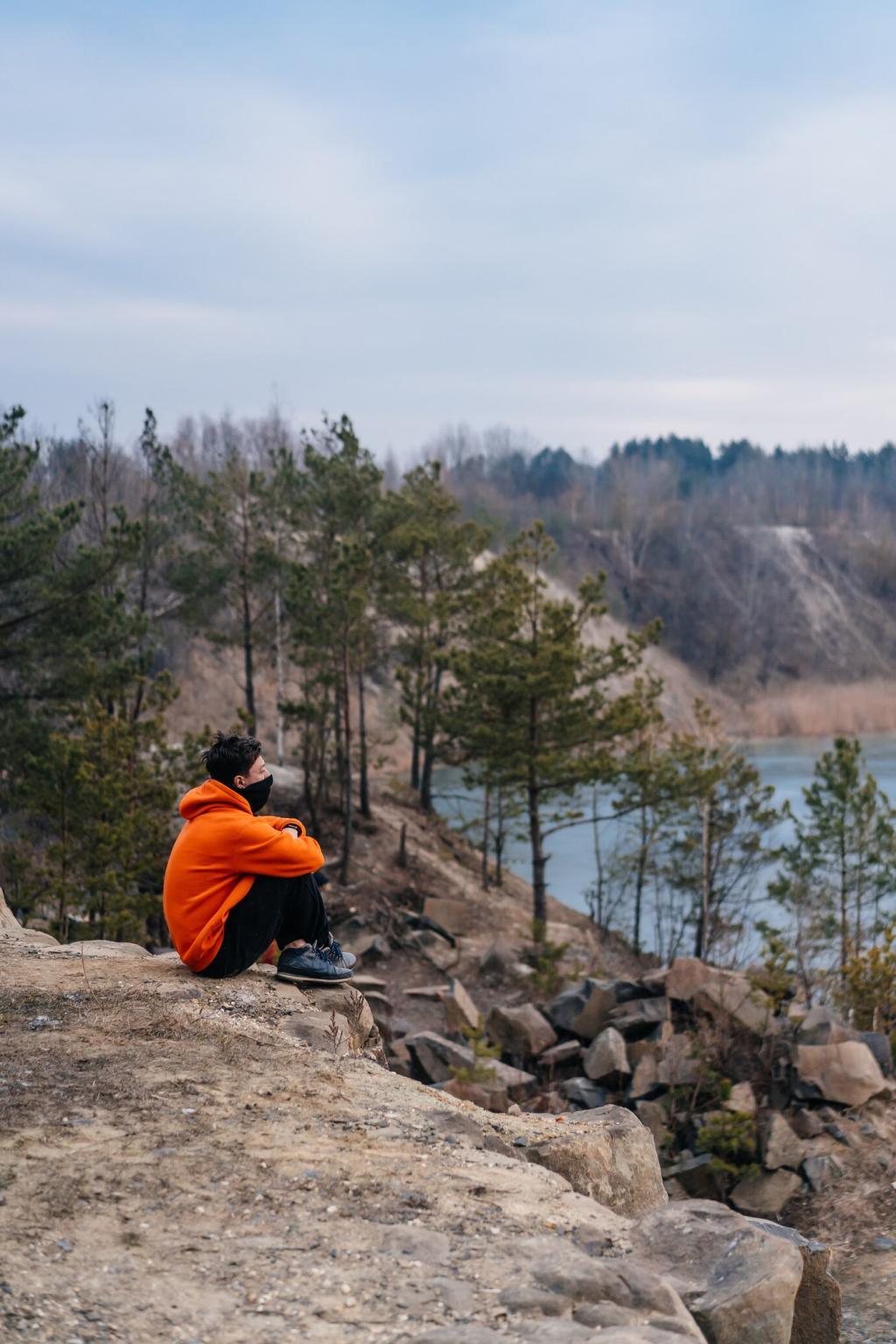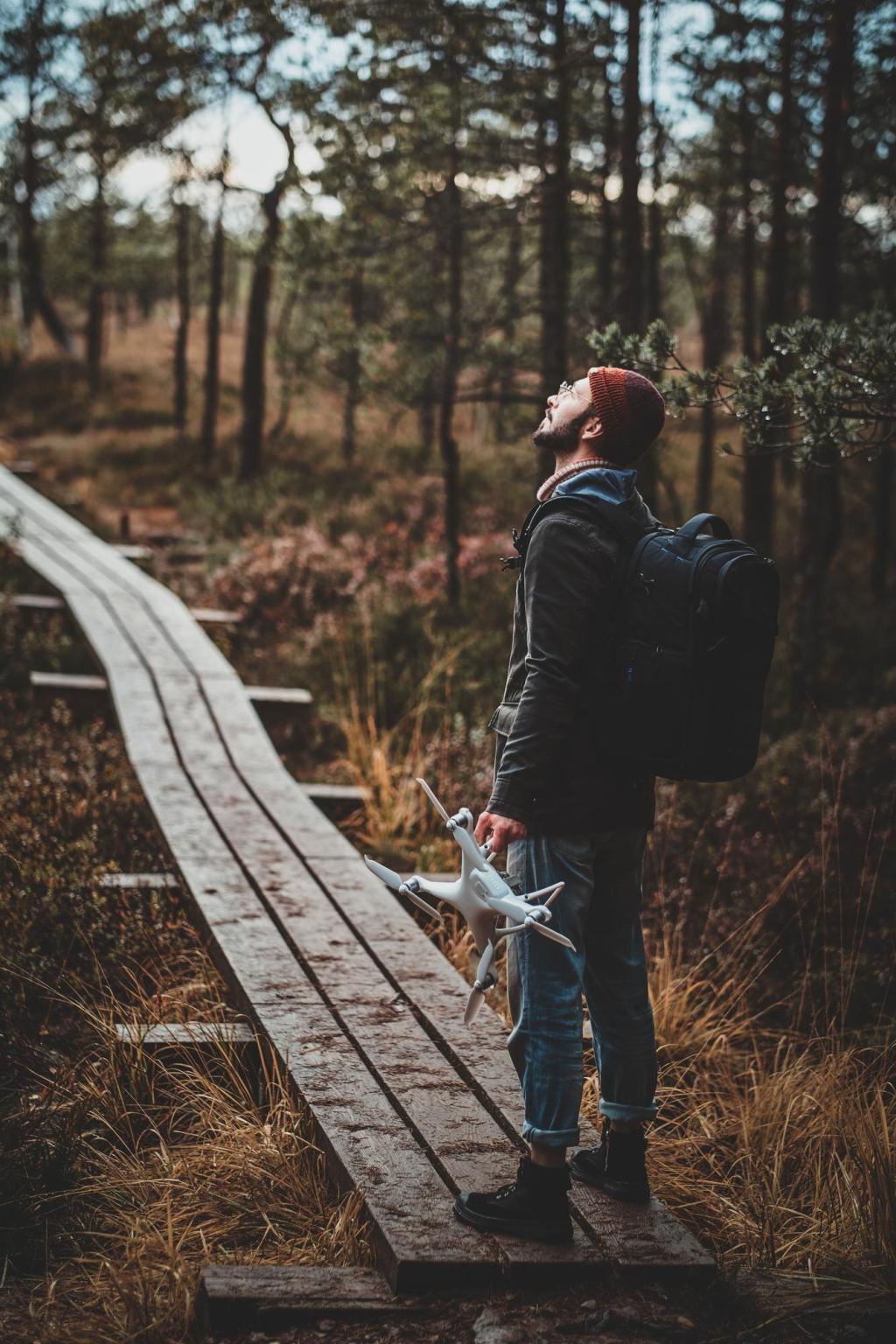Gear That Matters Under the Stars
Fast wide lenses—14–24mm at f/1.4–f/2.8—maximize sky coverage and brightness. Start around ISO 3200, 10–20 seconds, using the 500 or NPF rule to limit star trailing. Test, review, and adjust with purpose.
Gear That Matters Under the Stars
A sturdy tripod and intervalometer let you shoot continuous sequences, crucial because meteors are unpredictable. Trackers excel for deep-sky, but for meteors keep them off to preserve sharp terrain, then composite select streaks later if desired.





